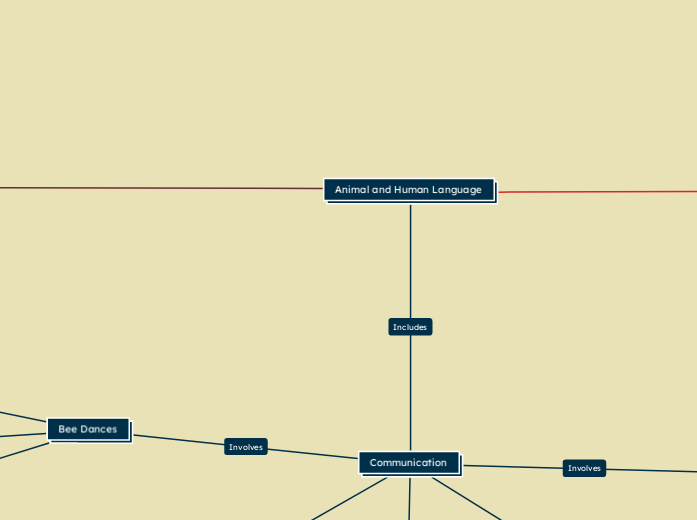by Diego giovanny ortegon patarroyo 7 months ago
108
Animal and Human Language

by Diego giovanny ortegon patarroyo 7 months ago
108

More like this
Animals imitate rather than understand meaning
Allen and Beatrix Gardner
100 signs
Plastic symbols
130 symbols
Premack
Francine Patterson
Around 1000 signs
American Sign Language (ASL)
250 symbols
Observing training
Lexigrams
Sounds
Meaning
Emotions
Dreams
The length and angle of the waggle tell other bees how far the food is and in what direction.
Bees use the angle between the food source and the sun to guide others during the dance.
Bees perform this dance to share food location. The waggle part shows direction and the number of waggles shows distance.